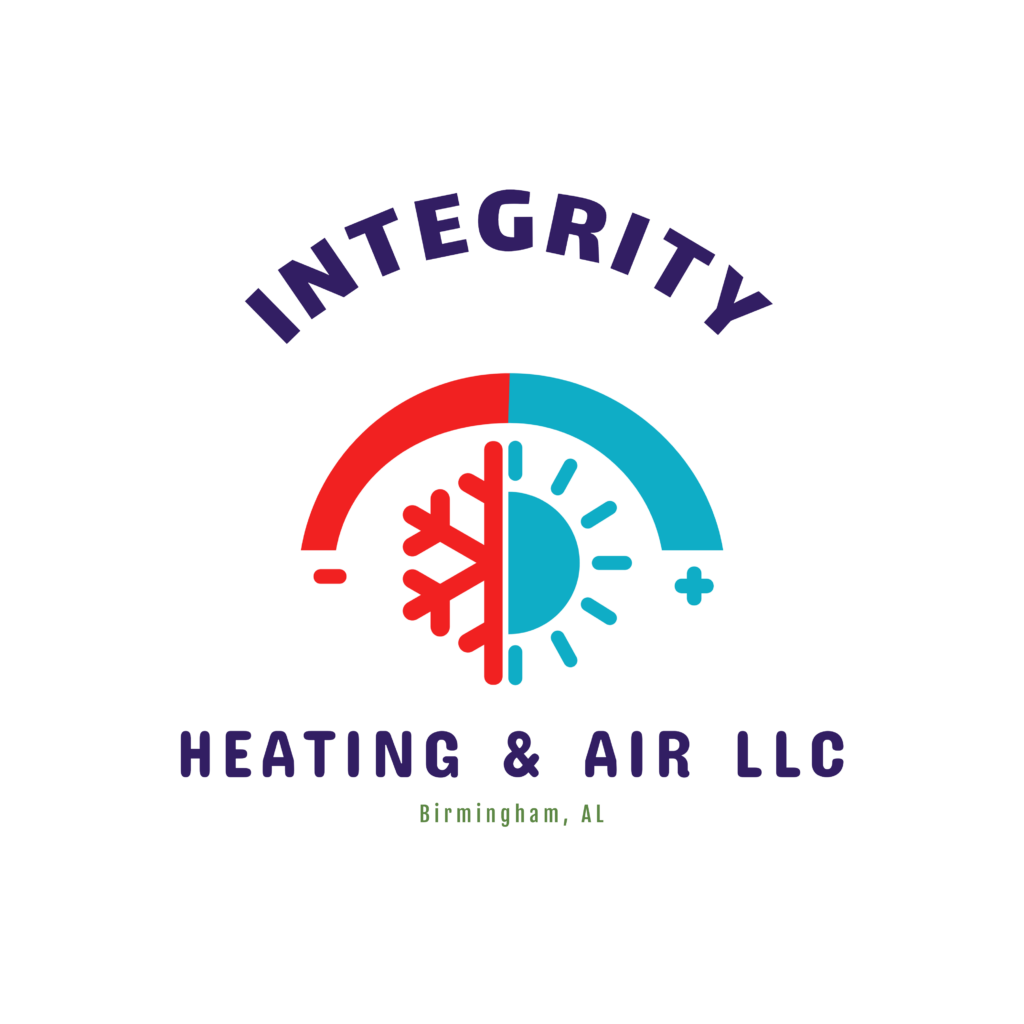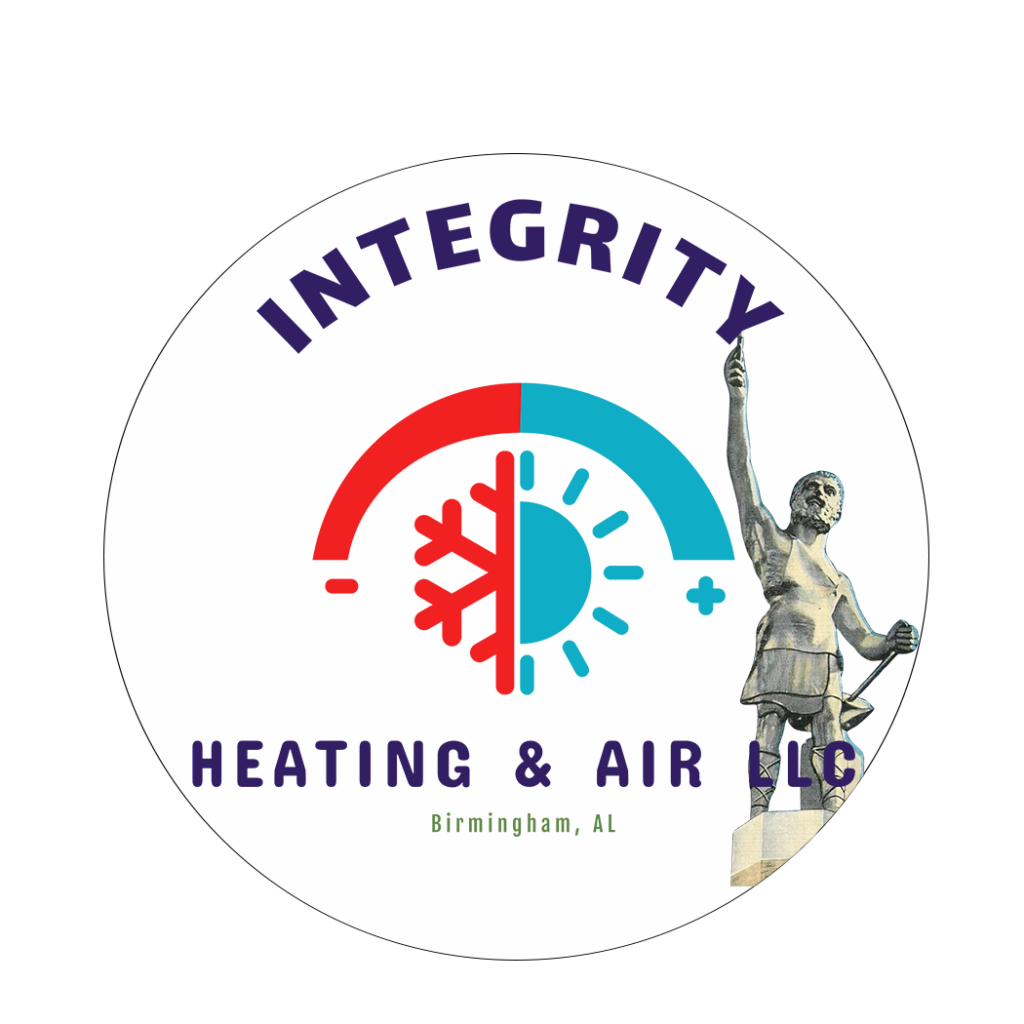Exploring Variable Refrigerant Flow (VRF) Systems: The Future of HVAC Technology
In the world of HVAC (Heating, Ventilation, and Air Conditioning) technology, Variable Refrigerant Flow (VRF) systems have been gaining significant attention and popularity in recent years. These innovative systems offer numerous benefits over traditional HVAC systems, making them a preferred choice for commercial and residential buildings alike. In this blog post, we will explore the fundamentals of VRF systems and the key advantages they bring to the table.
What is a Variable Refrigerant Flow (VRF) System?
Variable Refrigerant Flow (VRF) systems are advanced HVAC systems that use refrigerant as the cooling and heating medium. Unlike traditional HVAC systems that use ductwork to distribute air, VRF systems operate on a different principle. In a VRF system, refrigerant is circulated between the outdoor unit and multiple indoor units, allowing for individual control of temperature in different zones or rooms within a building.
Key Advantages of VRF Systems:
1. Energy Efficiency: One of the most significant advantages of VRF systems is their high energy efficiency. VRF systems use variable-speed compressors that adjust the refrigerant flow based on the heating or cooling demands of each zone. This results in precise temperature control, reduced energy consumption, and lower operating costs.
2. Zoning Capabilities: VRF systems offer unparalleled zoning capabilities, allowing for individualized control of temperature in different areas of a building. This not only enhances occupant comfort but also enables energy savings by avoiding the need to heat or cool unoccupied spaces.
3. Quiet Operation: VRF systems are known for their quiet operation, making them ideal for noise-sensitive environments such as offices, hotels, and residential buildings. The use of advanced compressor technology and sound-dampening features ensures minimal noise levels during operation.
4. Design Flexibility: VRF systems offer greater design flexibility compared to traditional HVAC systems. The compact size of indoor units and the ability to connect multiple indoor units to a single outdoor unit make VRF systems suitable for a wide range of building types and layouts.
5. Enhanced Comfort: VRF systems provide precise temperature control and rapid heating or cooling capabilities, resulting in enhanced comfort for building occupants. The ability to maintain consistent temperatures across different zones contributes to a comfortable indoor environment year-round.
6. Sustainability: VRF systems are environmentally friendly due to their energy-efficient operation and use of refrigerants with low global warming potential. By reducing energy consumption and greenhouse gas emissions, VRF systems contribute to a more sustainable built environment.
In conclusion, Variable Refrigerant Flow (VRF) systems represent the future of HVAC technology, offering a combination of energy efficiency, comfort, and flexibility that is unmatched by traditional HVAC systems. As building owners and designers seek sustainable and cost-effective HVAC solutions, VRF systems are increasingly becoming the preferred choice. By understanding the benefits and capabilities of VRF systems, stakeholders in the construction industry can make informed decisions when selecting HVAC solutions for their projects.

